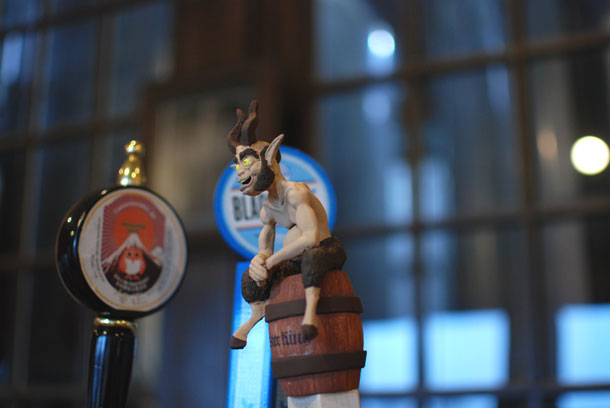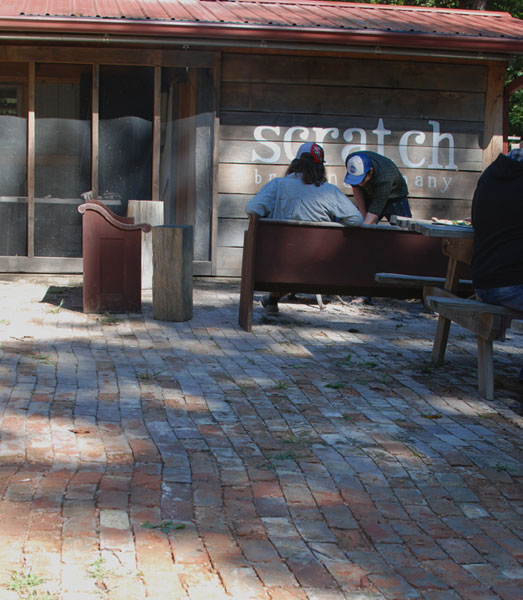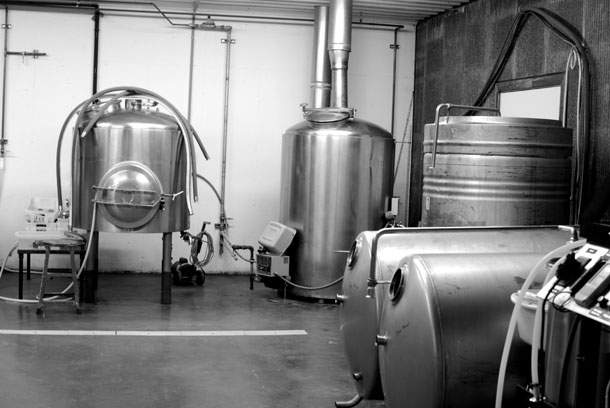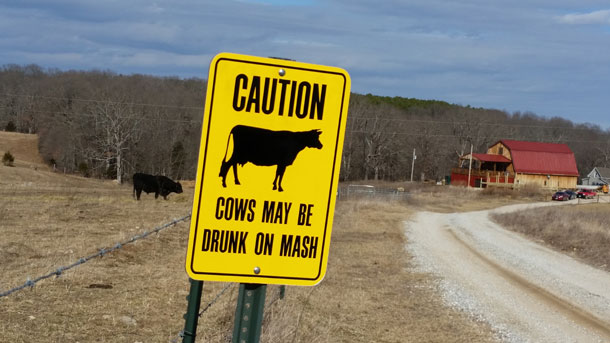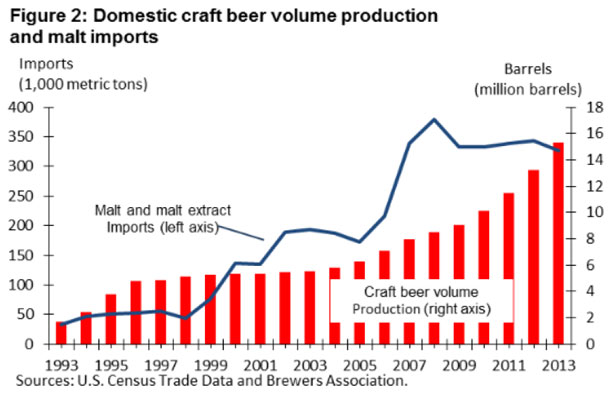MONDAY BEER LINKS, MUSING 03.16.15
Procedural note. We are on holiday. This was written last week (so pardon any overlaps with Boak & Bailey) and appears today through the wonders of technology. I have turned comments off because although I trust that everybody would remain civil in my absence maybe I don’t, really.
Heaps more hops.
Hops Products Australia is going to spend about $10 million US to expand production by 50 percent over the next three years. Every hop helps, but some perspective: Australian farmers harvested just north of 1,000 acres last year, so if all of Australian production were to grow 50 percent that would be 500 more acres. Farmers in the American Northwest are adding more than 5,000 acres in 2015, and it will cost a lot more than $10 million. No flag waving here, just noting how fast demand for “aroma” hops has exploded. This is HPA’s “first significant capital investment in land, plant and equipment in 20 years” simply because demand didn’t warrant it before. Australians grow some lovely hops. I’ve only had the newest, Enigma, in a couple of beers, but it seems to have a bright future. [Via The Crafty Pint]
Young and Old – How We’ve Grown: The Darwin Link pt II.
The Pub: Where Grown-Ups Make Friends.
New York: Last Bar Seat, Allen Street Pub, Albany.
Snugs. Taprooms. Dark milds. Sitting among houses on a side street. Friends made. These things all still exist. [Via Beer Compurgation, Boak & Bailey, A Good Beer Blog]
Understanding farmhouse ale.
I was already thinking Lars should write the “Indigenous Beer: Brittany to the lower Volga, from the Alps to the Arctic Circle” book. “Beer in the farmhouse context was a lot more than just an alcoholic drink, in that it played a number of deeply important roles in social and religious life.” Video above a fascinating look at farmhouse brewing in Russia. [Via Larsblog]
You’re drinking your beer too cold – and here’s why.
Long time ago, like before Miller Lite was available nationally, when I worked nights about once a week we’d leave the office for our mid-shift meal. When we went to a place that served beer, which was likely Pabst, one member of our group would immediately order two beers after he was seated. He did not do this so the second beer would be at a proper temperature — an approach suggested in this story — but because in his experience it always took too long for the second beer to arrive. In fact, I’m pretty sure his second never had time to reach the “proper” drinking temperature. [Via Chicago Tribune]
A Disruptive Influence?
Ah, yes. The elephant in the room. Cue Jason Isbell.
[Via Boak & Bailey]
How the West Coast-Style IPA Conquered the World.
Stories like this always make me wonder where Bell’s Two-Hearted Ale, first brewed in 1992, fits in the converstation. And reminds me that Bell’s brewed a beer it called Big Head for the 2008 Craft Brewers Conference in San Diego and called it a “San Diego Ale.” [Via First We Feast]
German Craft Beer at the Crossroads? Beer Observations 2015.
If Germany really is at a crossroads, then it all happened much faster than here in the US. My guess is the conversation has just started. Oh, yeah, and I found this thought particularly interesting, “Hamburg is steadily approaching equal footing with Berlin quantitatively, and in qualitative terms may even have already nosed ahead.” [Via Mixology]
Full Sail Sells to Private Equity Firm — What Does it Mean?
A bit of logistics I hadn’t considered: the fact that a private equity firm bought Full Sail meant there was no brewery (as there would be if a large entity like Anheuser-Busch had come knocking) “means that they need all our employees.” There are multiple big pictures to consider, including the future of good size brewing companies (like Full Sail). But one picture should be clear. Local breweries are not in danger. One hundred and fifty-nine brewpubs opened nationwide last year, the most since 1997. Private equity firms are not going to be taking them over. They are often small, and some will go out of business because local businesses do. Kind of like hamburger joints (threw that one in for Joe Stange). But others will open. [Via All About Beer]
How Lagunitas dodged a drug bust to become a craft beer powerhouse.
A lovely long read, and just in time for St. Patrick’s Day. [Via Mashable]
 Host Brett Domue of Our Tasty Travels has asked contributors to write about
Host Brett Domue of Our Tasty Travels has asked contributors to write about 